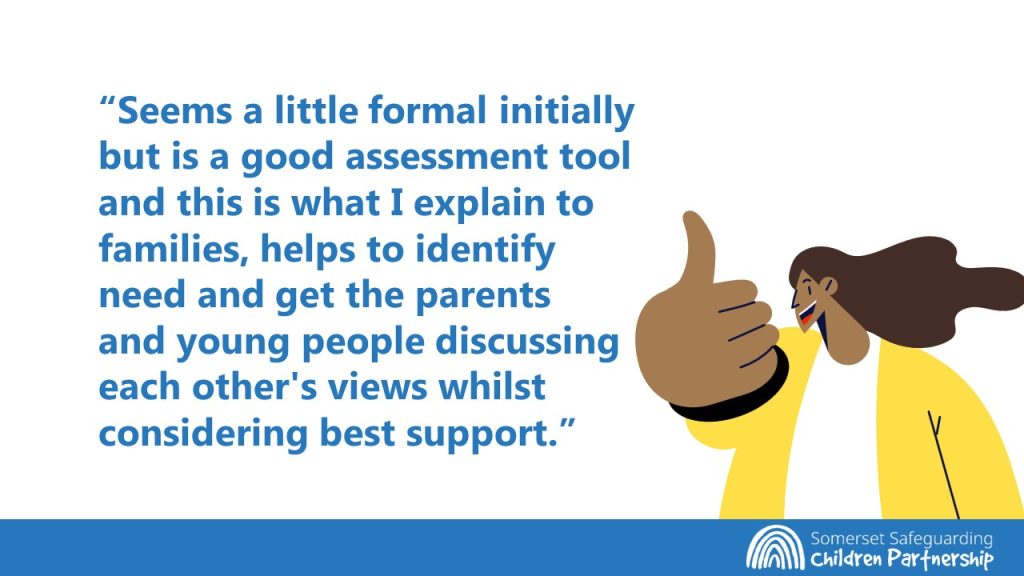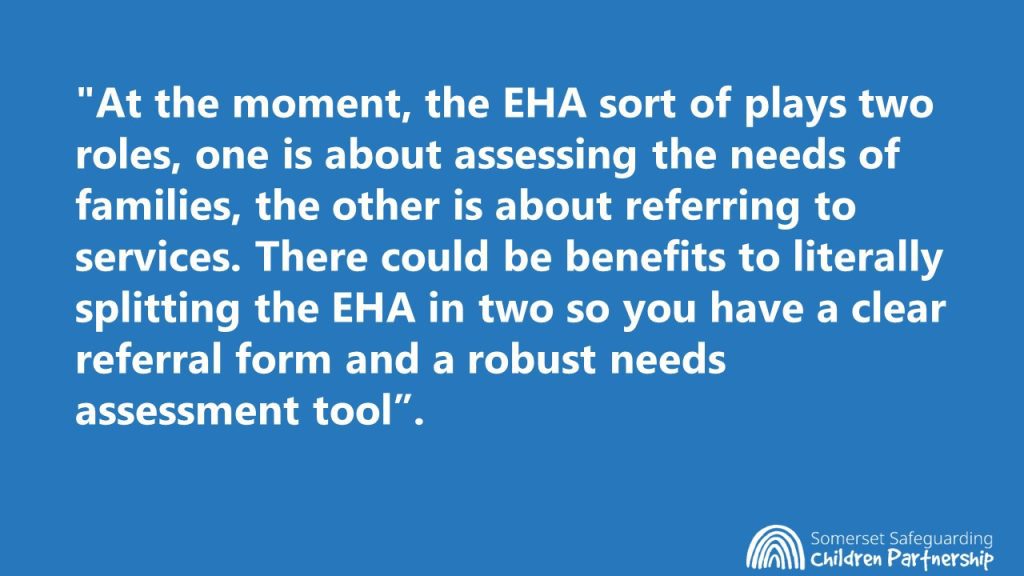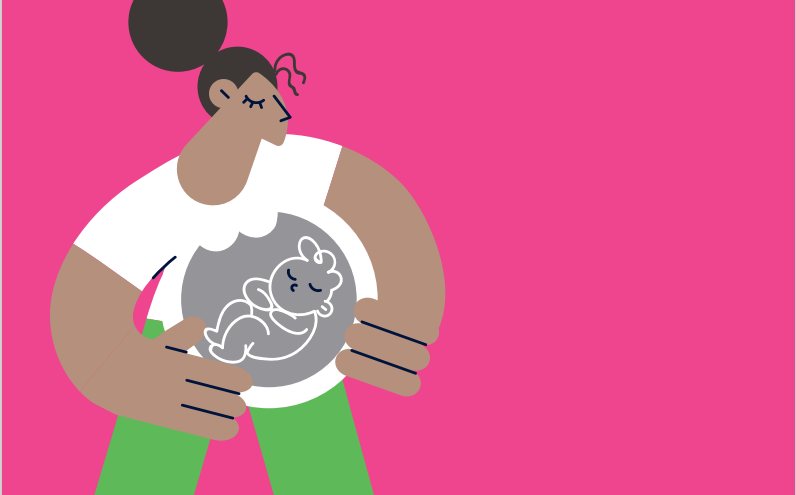
“The Early Help Assessment is confusing! Is it a referral tool or a multi-agency assessment?
“The assessment form is long winded, time consuming and creates unnecessary work.
“We need a system which makes it easy to safeguard children, not makes it harder
“Updating and maintaining the tool in its current format is resource heavy impacting on team capacity.
So we held a number of multi-agency focus groups and surveys and asked:
Why and how do you primarily use the EHA?
What are the strengths and challenges of the tool?
How do you use the tool to identify need and provide early help to families?
How can the EHA work better for you and for the families you work with?
How effective is the tool in enabling you to share information with other practitioners and services?
Over 350 of you told us:
The EHA gives access to a range of services in one place, and when completed properly the EHA can help to get a clear idea of what is going on for a family and for them to see their identified strengths.
However, the EHA does not always promote a positive and empowering process for children and families, or easily facilitate a collaborative approach to assessment of need.
68% said they use the EHA primarily for referrals, 22% use the EHA primarily as an assessment tool, and 10% use the EHA to request inclusion and occupational support services.
Six themes were raised:
- Practitioner confidence
- Thresholds and criteria
- Information sharing
- Consent
- Impact on capacity
- Accessibility and format

We listened and presented recommendations based on what you told us, to the SSCP partners.
Recommendations:
1 – Streamline the assessment process
Streamline the EHA to improve coordination between agencies and ensure assessments are completed more efficiently and effectively.
Organise information into clear, logical sections and remove duplication to improve usability of assessment (both completion and review).
2 – Improve information sharing and enhance multi-agency collaboration
Improve communication and collaboration between agencies involved in the EHA process to enable a holistic approach to assessing and supporting children and families.
Explore opportunities for ongoing multi-agency contribution to the assessment and promote Team Around the Family (TAF) process.
3 – Provide clarity around consent
Provide clarity around when consent is required to improve practitioner confidence, family engagement with early help support, and quality of requests for support to the Children’s Services Front Door.
4 – Evaluations and feedback mechanisms
Implement a robust evaluation and feedback mechanism to enable continuous improvement of the Early Help Assessment process based on learning and feedback from practitioners and children and families.
5 – Training and development
Embed Early Help Assessment process into multi-agency training at all levels to raise awareness and emphasise its use as an assessment tool to identify needs at the earliest opportunity.
Next Steps:
Because the EHA is such an important resource we need to ensure that there are robust processes in place to consider its development. As such the SSCP has raised a multi-agency Task & Finish group to consider the recommendations and undertake any changes required to the Early Help Assessment.
To get this right we will be undertaking a phased process to review and update the current version of the EHA (watch this space!), with longer term activity around the future development of the tool.
We will keep you updated as the work progresses!


